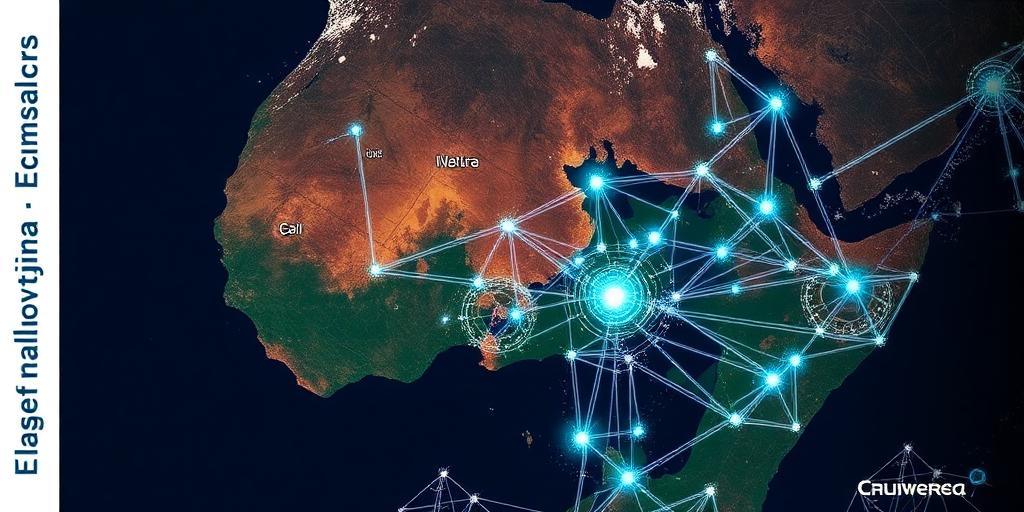The Role of Technology in Humanitarian Crises
Humanitarian crises, whether caused by natural disasters, conflict, or other emergencies, often leave communities devastated and in dire need of assistance. In these critical situations, technology has emerged as a powerful tool, transforming the way aid organizations and governments respond and provide support. From early warning systems to communication platforms and data analysis tools, technology plays a pivotal role in saving lives, alleviating suffering, and building resilience in crisis-affected areas.
Early Warning and Preparedness
One of the most significant contributions of technology in humanitarian crises is its ability to facilitate early warning and preparedness. Advanced sensor technologies, satellite imagery, and predictive analytics can help identify potential hazards and assess risks before they escalate into full-blown crises. For example:
- Seismic sensors can detect early signs of earthquakes, providing valuable time for communities to evacuate.
- Weather forecasting models can predict the path and intensity of hurricanes, allowing for timely evacuations and resource mobilization.
- Disease surveillance systems can track the spread of infectious diseases, enabling rapid response and containment measures.
By leveraging these technologies, humanitarian organizations and governments can proactively prepare for potential disasters, minimizing their impact on vulnerable populations.
Communication and Coordination
Effective communication and coordination are essential during humanitarian crises. Technology enables rapid and reliable communication between aid workers, affected communities, and other stakeholders. Social media platforms, mobile apps, and satellite communication systems facilitate real-time information sharing, enabling aid organizations to:
- Assess needs and prioritize assistance: By gathering data from affected communities, aid organizations can identify the most pressing needs and allocate resources accordingly.
- Coordinate relief efforts: Communication platforms enable aid workers to coordinate their activities, avoiding duplication of effort and ensuring that assistance reaches those who need it most.
- Disseminate critical information: Mobile apps and social media platforms can be used to disseminate information about evacuation routes, shelter locations, and other essential services.
Data Analysis and Decision-Making
Data analysis plays a crucial role in informing decision-making during humanitarian crises. By analyzing data from various sources, aid organizations and governments can gain insights into the scale and scope of the crisis, identify vulnerable populations, and track the effectiveness of relief efforts. Geographic information systems (GIS) are particularly useful for:
- Mapping affected areas: GIS can be used to create maps of affected areas, showing the location of damaged infrastructure, displaced populations, and other critical information.
- Analyzing population density: GIS can help identify areas with high population density, allowing aid organizations to target assistance to the most vulnerable communities.
- Tracking resource allocation: GIS can be used to track the distribution of relief supplies, ensuring that resources are allocated efficiently and equitably.
Challenges and Opportunities
While technology offers immense potential for improving humanitarian response, there are also challenges to overcome. These include:
- Digital divide: Not all communities have access to the internet or mobile devices, limiting the reach of technology-based interventions.
- Data security and privacy: The collection and use of data during humanitarian crises raise concerns about security and privacy. It is essential to ensure that data is collected and used ethically and responsibly.
- Coordination and interoperability: Different aid organizations may use different technologies, making it difficult to coordinate efforts and share information.
To address these challenges, it is essential to promote digital inclusion, strengthen data governance frameworks, and foster collaboration among aid organizations. By doing so, we can harness the full potential of technology to improve humanitarian response and build more resilient communities.
Conclusion
Technology has revolutionized the way we respond to humanitarian crises, offering unprecedented opportunities to save lives, alleviate suffering, and build resilience. From early warning systems to communication platforms and data analysis tools, technology plays a critical role in every phase of the humanitarian response cycle. By embracing innovation and addressing the challenges associated with technology adoption, we can create a more effective and equitable humanitarian system that leaves no one behind.
Long-Tail Keywords
- Technology in disaster relief
- Digital solutions for humanitarian aid
- Innovation in emergency response
- Tech for crisis management
- Using technology to aid humanitarian efforts









